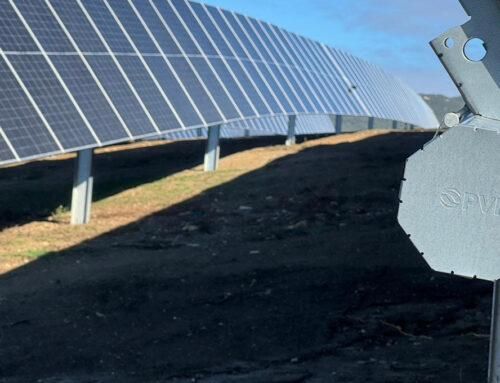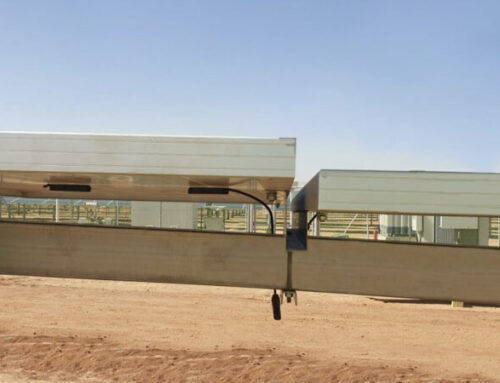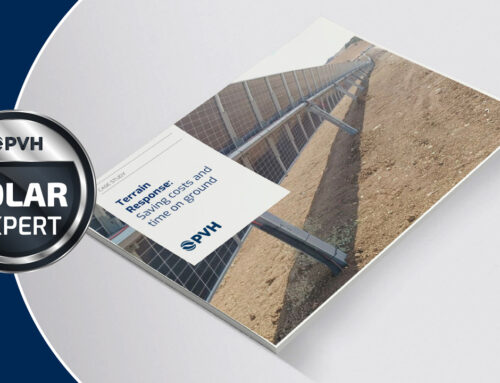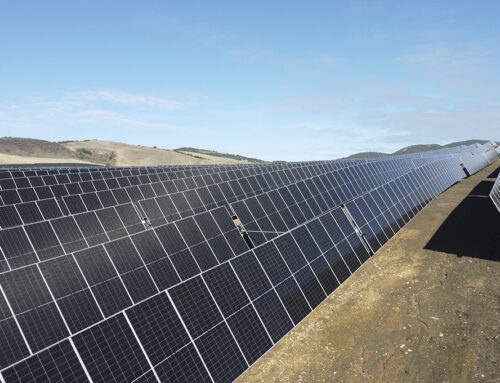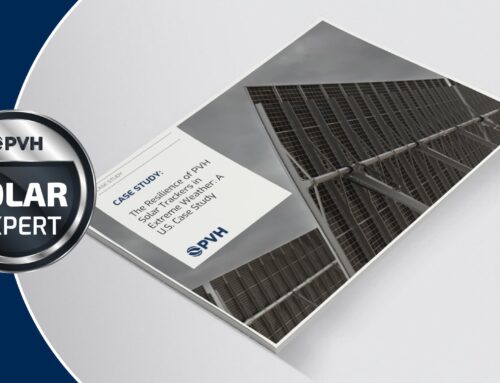Key Takeaways from Our Webinar: Intelligent Solar Tracking for Utility-Scale Plants
22/05/2025
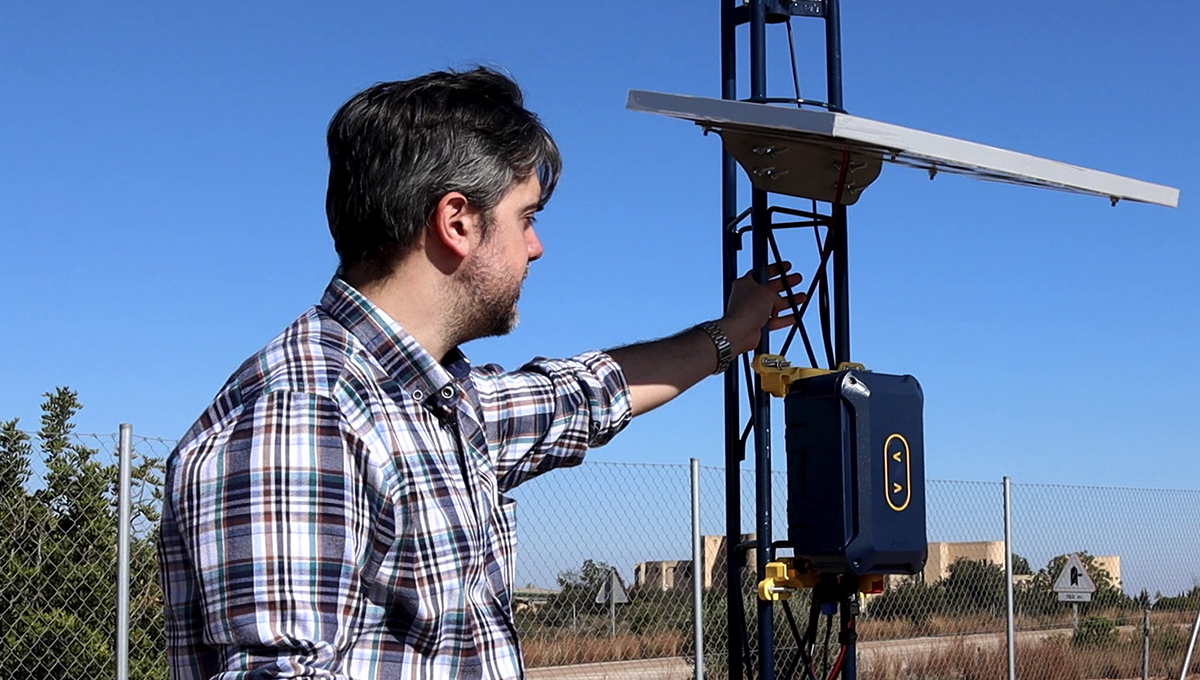
On April 24th, we hosted the webinar “Intelligent Solar Tracking for the Utility-Scale Segment and Its Impact on Plant Performance”, where we explored how solar tracking technology is evolving to boost energy production in large-scale PV plants and adapt to extreme weather conditions.
Throughout the session, we received a number of high-value technical questions from attendees, reflecting the growing interest and complexity of solar plant design and operations today. In this blog, our engineering team answers those questions, providing clarity and insights for developers, EPCs, and O&M professionals working at utility scale.
1. Integration of Environmental Sensors
How are sensors for wind, snow, hail, and flooding integrated into the tracker system? How many are installed per structure? Are they wireless? How are they managed at large scale?
👉 Environmental sensors are strategically integrated to protect both the trackers and the overall plant infrastructure. Here’s how we implement them:
-
Wind: As the most critical risk to the structure, wind sensors are given top priority. At a minimum, we install one sensor on the plant perimeter and one on each TBox, ensuring redundancy and accurate data collection. Additional sensors are added as plant size increases.
-
Snow and Hail: These sensors are installed on TBoxes in regions where weather conditions or client specifications require them. This modular approach ensures both cost efficiency and optimal protection.
-
Flood: Flood sensors are connected to DBoxes and placed in water-prone areas. Each TBox can monitor up to 16 virtual zones, with data transmitted via LoRaWAN protocol for seamless communication and real-time monitoring.
A single TBox can manage up to 2,000 DBoxes, with scalability built in as needed to meet plant size and complexity.
2. Hail Forecast Update Frequency
How frequently is the hail forecast updated?
👉 PVH’s system leverages cloud-based data to generate two-hour predictive windows. In the event of an imminent threat, the system proactively moves the trackers to a safe stow position to minimize damage to the modules.
3. Predictive Forecasting Using Machine Learning
Is a machine learning model trained with historical data to anticipate hail or wind gusts and trigger preventive stow?
👉 Absolutely. Our Deeptrack by PVH System collects and learns from historical and real-time environmental data using proprietary machine learning models developed by PVH. This allows us to:
-
Minimize false alarms
-
Anticipate extreme weather events
-
Maximize energy production uptime
It’s not just about protection, it’s about intelligent operation.
4. Resuming Normal Tracking After a Weather Event
How soon does the tracker return to normal operation after a weather threat?
👉 There is no fixed time for resuming operation. Instead, the system continuously monitors and evaluates environmental conditions. Once the risk level decreases, the trackers automatically return to standard tracking mode, ensuring both safety and performance.
5. Faster Fault Detection and Recovery
How can fault detection be accelerated to restore normal production quickly?
👉 While standard hysteresis windows define the safe operational range, our machine learning algorithms go further. By learning from a broad dataset of operational scenarios, the system can:
-
Identify anomalies earlier
-
Adjust parameters dynamically
-
Reduce downtime and increase responsiveness
This leads to smarter diagnostics and faster recovery.
Moving Toward Smarter Solar Plants
At PVH, we’re committed to delivering intelligent and resilient solutions that push the boundaries of solar tracker performance. This webinar highlighted how data-driven technologies like machine learning and real-time environmental monitoring are transforming utility-scale solar, from protection strategies to operational optimization.
We want to thank everyone who joined us and contributed with thoughtful questions. If you’re designing, building, or operating large-scale solar projects, we hope this Q&A helps you make more informed decisions.
Have more questions? Reach out to our team here, we’re ready to support your next solar challenge.

